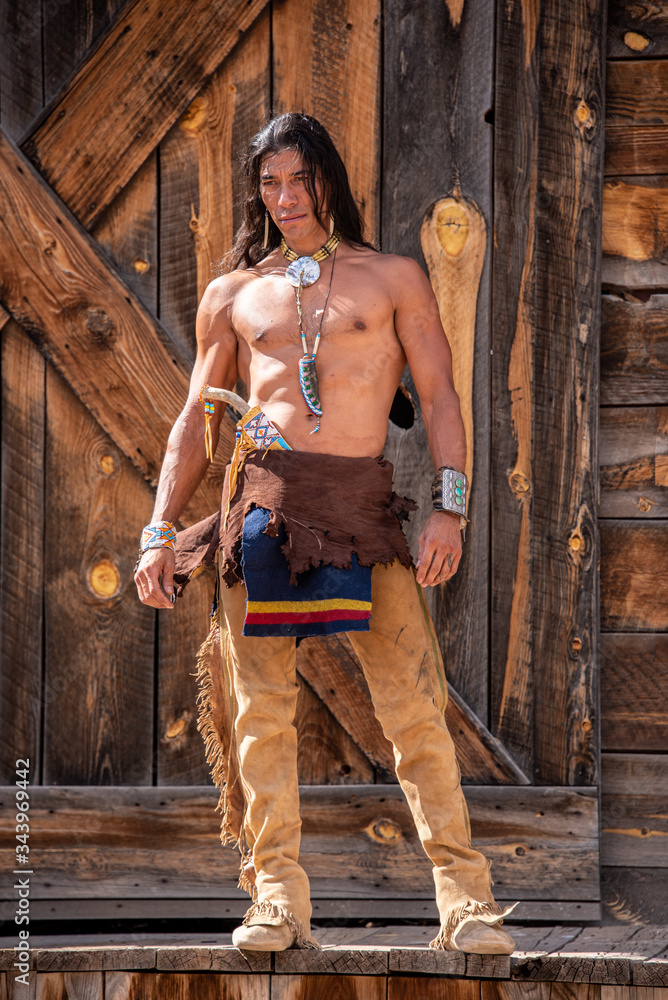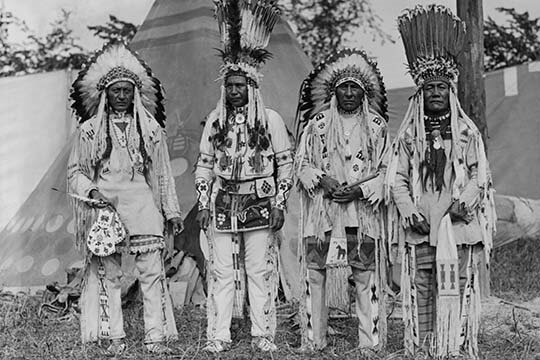In many Native American cultures, the act of chopping hair after the passing of a loved one holds profound significance, woven with centuries-old traditions and spiritual beliefs. This solemn ritual, rooted in cultural reverence, represents a symbolic gesture of transition, marking the passage from one state of being to the next. It is a apply that speaks to the intimate connection between hair, id, and the journey of the soul past the earthly realm. The act of chopping hair in the wake of a liked one's passing isn't a mere physical act, however a deeply non secular one. It is believed that hair carries a strong vitality, serving as a conduit between the individual and the spiritual realm. In this context, slicing the hair of the deceased is an act of liberation, releasing the soul from earthly attachments and permitting it to transition into the afterlife unburdened.
cutting hair after death beloved one native american
In the Navajo Nation, the act of cutting hair carries profound non secular and cultural significance, significantly within the context of mourning the passing of a liked one within the quick household. This age-old custom encapsulates the deep connection between physical look, private id, and the religious journey that follows death. The symbolism connected to the act of cutting hair in Navajo culture is poignant and multi-layered. The strands of hair, which once held the essence of the departed, are tenderly severed. This act is imbued with a way of reverence, signifying a respectful farewell to the physical presence of the beloved one. In this solemn second, the act of slicing becomes a ceremonial rite, a bridge between the realms of the residing and the departed.

The hair itself, now separated, becomes a poignant image. It represents the tangible hyperlink between the mourner and the one who has passed. Each strand carries the memory of shared moments, whispered secrets, and the intimacy of familial love. As it's launched, it signifies a letting go, an acknowledgment that the physical type is now not, but the spirit endures. Simultaneously, the act of chopping initiates a transformative process. The shorn hair is a visual illustration of the passage of time spent with the departed. It is a tangible expression of grief, but additionally a recognition of the cycle of life. Just as hair regrows, so too does life continue. The act becomes a logo of resilience, an affirmation that even within the face of loss, there's renewal and growth. In Navajo tradition, the hair that grows anew becomes a testament to the enduring spirit of the departed and the continuity of life. It is a living tribute, a reminder that the love and affect of the departed continue to form the lives of those left behind.

In delving into https://nativeamericanclothes.com/ of hair slicing within the Navajo Nation, we glimpse the profound wisdom and spirituality that underlie their method to dying and mourning. It is a practice steeped in respect, love, and the everlasting connection between the living and the departed. Through this ritual, Navajo communities find solace, power, and a profound sense of continuity within the face of loss.
Why do Native Americans reduce their hair after a loss?
For Native Americans, the act of chopping hair after a loss is a deeply rooted cultural and non secular apply that holds profound significance. It is a symbolic gesture of mourning and transition, representing a tangible approach to honor the departed and navigate the complicated emotions that accompany loss. The hair, typically seen as a sacred and highly effective extension of 1's id, is cut to release the religious attachment to the departed, permitting each the mourner and the departed to find peace of their respective journeys.
Do indigenous individuals minimize their hair when grieving?
Yes, many indigenous cultures around the globe, together with Native American tribes, have specific customs related to chopping hair during occasions of grieving. This follow just isn't solely a method of expressing sorrow but additionally a approach to acknowledge the religious connection between the residing and the departed. The act of chopping hair serves as a visual and symbolic representation of the mourning process, providing a tangible outlet for the deep feelings skilled during occasions of loss.
What does chopping your hair symbolize?
Cutting one's hair in the context of grieving symbolizes several profound concepts. Firstly, it signifies a type of launch and letting go. The hair, typically thought-about a private and intimate a half of one's identification, is willingly relinquished as a method to honor and bear in mind the departed. It represents a physical manifestation of the mourning course of, offering a means for people to externalize their grief. Additionally, cutting hair serves as a symbolic gesture of transformation and renewal. Just as hair regrows over time, the act of cutting represents the cyclical nature of life and death. It displays the belief that whereas the bodily type may cross away, the spirit endures, and life continues its pure course.
What is the spirituality of chopping hair?
The spirituality of cutting hair is deeply ingrained in varied indigenous belief systems. Hair is often regarded as a robust conduit between the bodily and non secular realms. In many cultures, it is believed to retain an individual's essence, experiences, and connections to each the natural world and the divine. When reduce, it's seen as a launch of this spiritual vitality, allowing it to transition and discover its place within the religious realm. Furthermore, the act of slicing hair is usually accompanied by ceremonial rituals and prayers, creating a sacred and intentional area for the mourning process. It is a way for people and communities to come back collectively, providing their assist and blessings to each the departed and the grieving. In essence, chopping hair in times of loss is a profoundly spiritual act, embodying the interconnectedness of life, death, and the spiritual journey. It is a means for individuals to navigate the complexities of grief whereas honoring the enduring spirit of the departed.
https://www.facebook.com/nativeamericanclothes/
https://www.linkedin.com/in/nativeamericanclothes/
https://www.youtube.com/@nativeamericanclothes/about
https://www.instagram.com/nativeamericanclothes/
https://www.tiktok.com/@nativeamericanclothes
https://www.reddit.com/user/nativeamericancom
https://www.pinterest.com/nativeamericanclothes/
https://twitter.com/clothing89119
https://nativeamericanclothes.tumblr.com/
https://www.flickr.com/people/nativeamericanclothes/
https://www.quora.com/profile/Native-American-Clothing
https://foursquare.com/nativeac6451990/list/native-american-clothing
https://soundcloud.com/native-american-clothing
https://vimeo.com/nativeamericanclothes
https://www.twitch.tv/nativeamericanclothes/about

